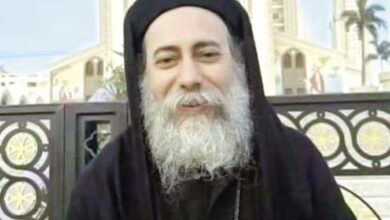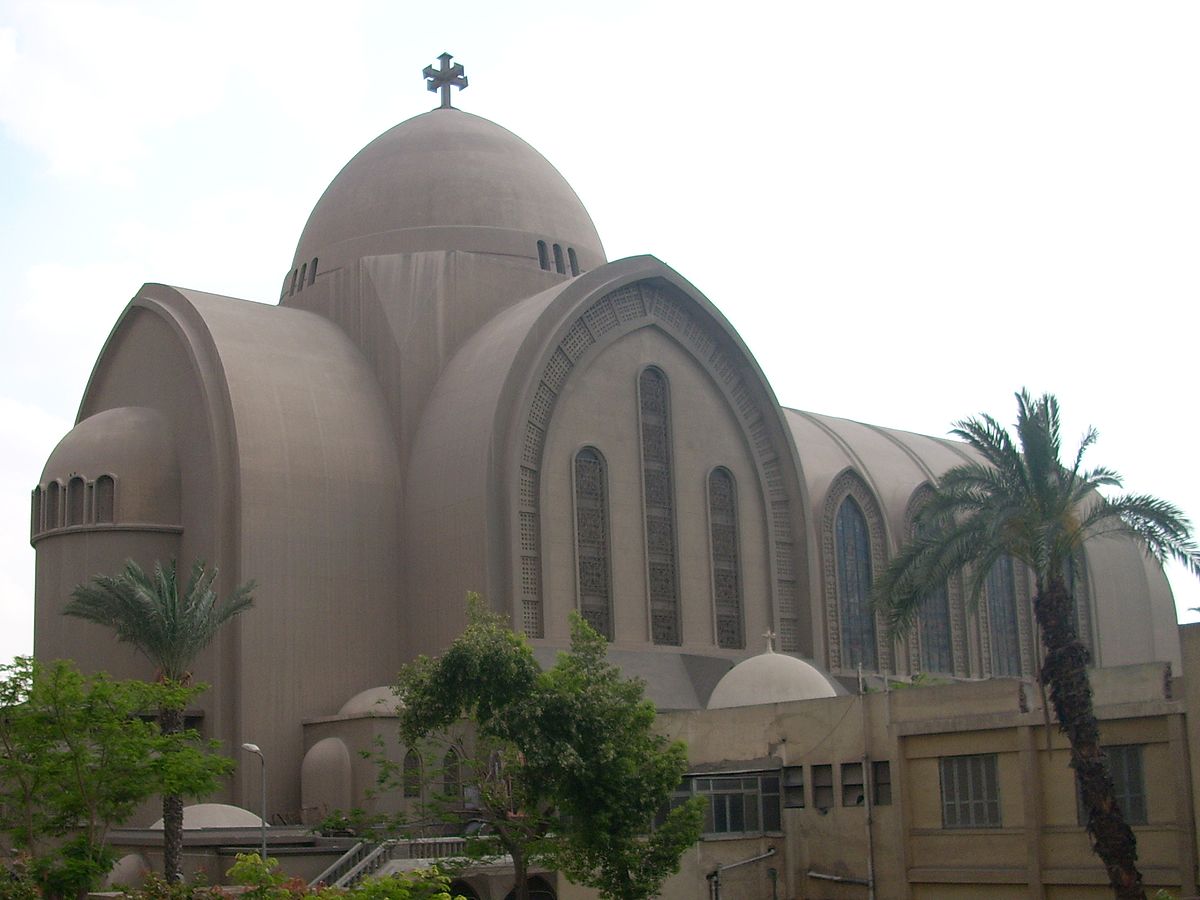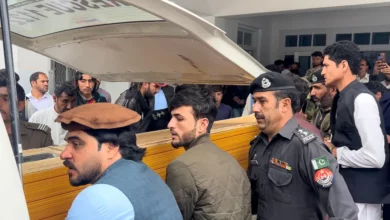The casual observer of Egypt’s politics could hardly be blamed for thinking that Egypt’s Copts are facing the worst crisis of their modern history. The first president of Egypt’s second republic is an Islamist who, despite resigning from the Muslim Brotherhood and embracing rhetoric of inclusion, remains beholden to the organization. Mohamed Morsy’s prime minister, Hesham Qandil, has appointed only one Copt to his cabinet, Minister of Scientific Research Nadia Zakhary, despite the president’s previously announced commitment to include greater numbers of Copts in his government. Aside from the Brotherhood, the most dynamic and successful force on Egypt’s political scene are Salafis, substantial numbers of whom reject the notion of Copts as equal citizens under Egyptian law.
The perpetrators of sectarian violence, like that which plagued the Giza village of Dahshur this past week, remain largely unpunished. When Copts have protested this state of affairs, they have faced the wrath of state security forces, most infamously at Maspero last October, where 28 were killed and 212 injured at the hands of military police. And although there exist no reliable numbers on emigration, Copts are now said to be leaving Egypt by the thousand. Meanwhile, all of this is transpiring in the absence of strong communal leadership, with the Coptic Orthodox Church having suffered the loss of Pope Shenouda III this past March.
Though it may be rather cold comfort in the face of such disturbing developments, Egypt’s last revolution was the scene for comparable, if not greater anxiety on the part of Egypt’s Copts. The 1952 Revolution brought the Free Officers to power, among whom there was not a single Copt. Although the officers’ selected figurehead, Mohamed Naguib, made important symbolic gestures of conciliation towards Copts, the bulk of the Free Officers had far stronger links with the Muslim Brotherhood.
Among the most urgent priorities of the regime that the Free Officers introduced was the elimination of the parliamentary system of Egypt’s ‘liberal era’ — a system under which Coptic landowners and professionals had thrived in political life. With these landowners and professionals relegated to the sidelines of political life — not least after the agrarian reform that the officers implemented — Copts could scarcely look to the Church for leadership, given the corruption and ineffectiveness of then-Patriarch Yusab II. Indeed, Yusab spent much of his tenure as Patriarch enmeshed in controversy with the maglis al-milli or lay council of the Church, given his alleged mismanagement of church funds.
There are, I think, two important points to draw from the comparison of 1952 and the current political moment. The first is that there exists no single, undifferentiated Coptic community. There are, in fact, a wide variety of Coptic communities in Egypt, which range on the socio-economic ladder from the zabaleen of Moqattam all the way to the Sawiris family. In the case of 1952, lower-income Copts unquestionably benefitted from the agrarian reform and educational policies of the Free Officers’ regime, and thus rallied to that regime’s support regardless of the misgivings of their higher-income co-religionists. In the case of the current political moment, there are significant coalitions of Copts that are making good use of the prevailing instability to challenge the Church’s hegemonic role as representative of the community in the public sphere. One need only point to the example of Coptic 38, which seeks to amend the existing patriarchal personal status law among Copts, and open the way for divorce due to irreconcilable differences.
The second point is that, however grim the current political moment appears, crisis and decline are not a foregone conclusion for Copts — and on this front, much will depend on the political action of Copts themselves. The 1952 Revolution was hardly the death knell for the Coptic community that elite Copts of that era suggested it might be. Under the leadership of Pope Kirollos VI and, later, Shenouda III, the Church would thrive as never before in the modern period. And currently, I am heartened that, in the face of attacks on their rights of citizenship, Copts have not sat idly by. To the contrary, in fact, organizations like the Maspero Youth Union have mobilized and continue to mobilize against the marginalization of Copts from Egyptian public life.
Herein resides an important lesson for both the Egyptian and the international media — that Copts are not victims by virtue of their minority status. The language of victimhood, which dominates so much coverage of Coptic Christians and their predicament in Egypt, is entirely inadequate to the task of describing this predicament. This language assumes a passive community that is resigned to a fate of decline and possibly eviction, and that requires salvation by an external force. Not only is this language simply inaccurate, as I have sought to demonstrate here, but it is profoundly dangerous.
I cannot help but recall here the discussion of Copts’ political allegiances that followed in the wake of the presidential polls. Copts stood accused of no less than endorsing counterrevolution, and so much of the discussion relied on a false image of a Coptic community not only as monolithic, but fundamentally conservative, apolitical, and in thrall to the status quo. While there are undoubtedly parts of the community that fear the uncertainty of revolution, there are parts of the community that have embraced this uncertainty to make the way for change. The language of victimhood ignores these Copts — and for that reason alone, it is long past time to reject the language of victimhood.
Paul Sedra is an associate professor of history at Simon Fraser University.
This article was originally published in Egypt Independent's weekly print edition.




